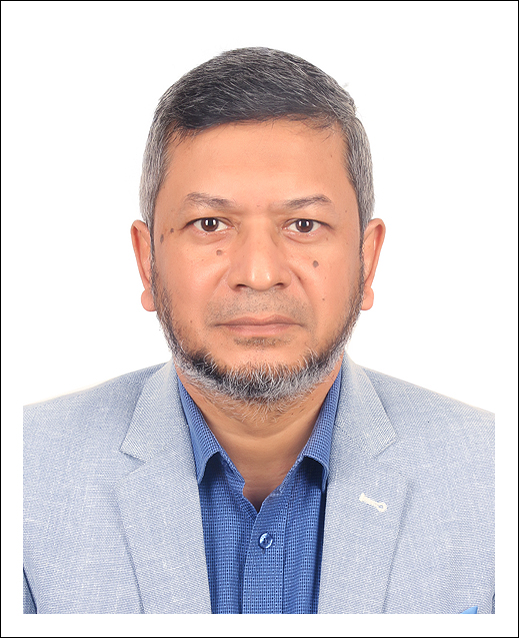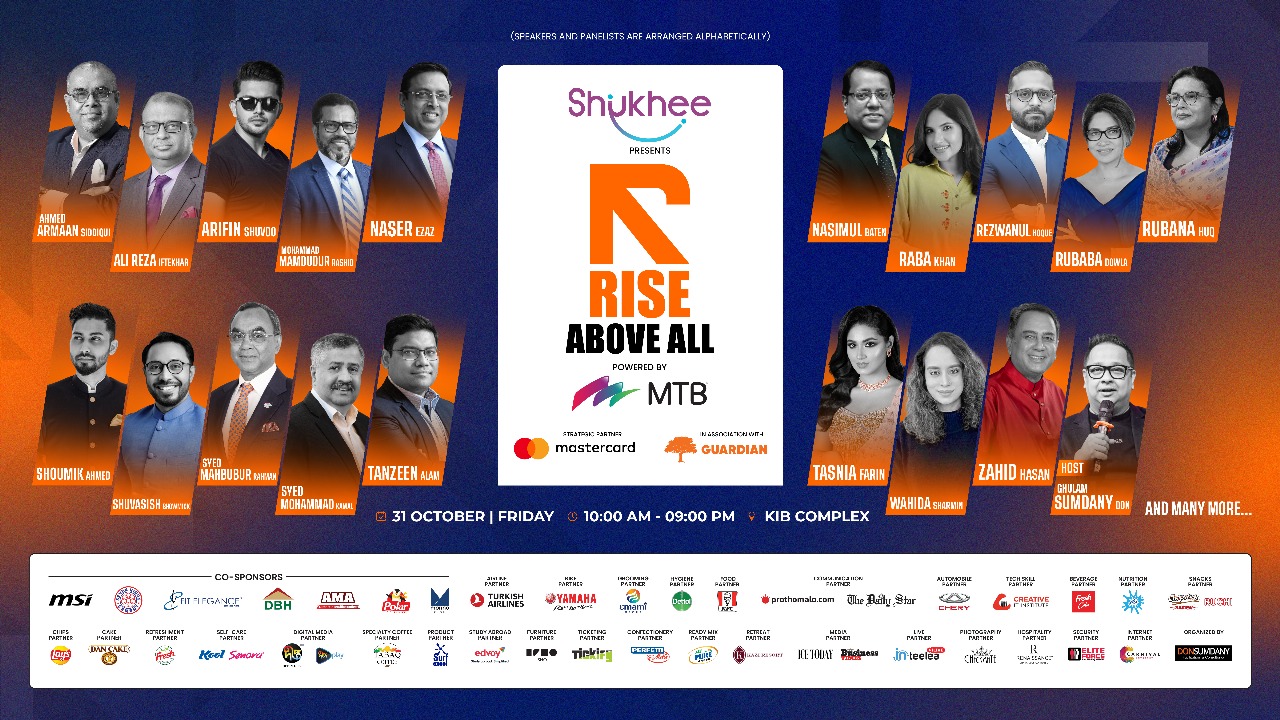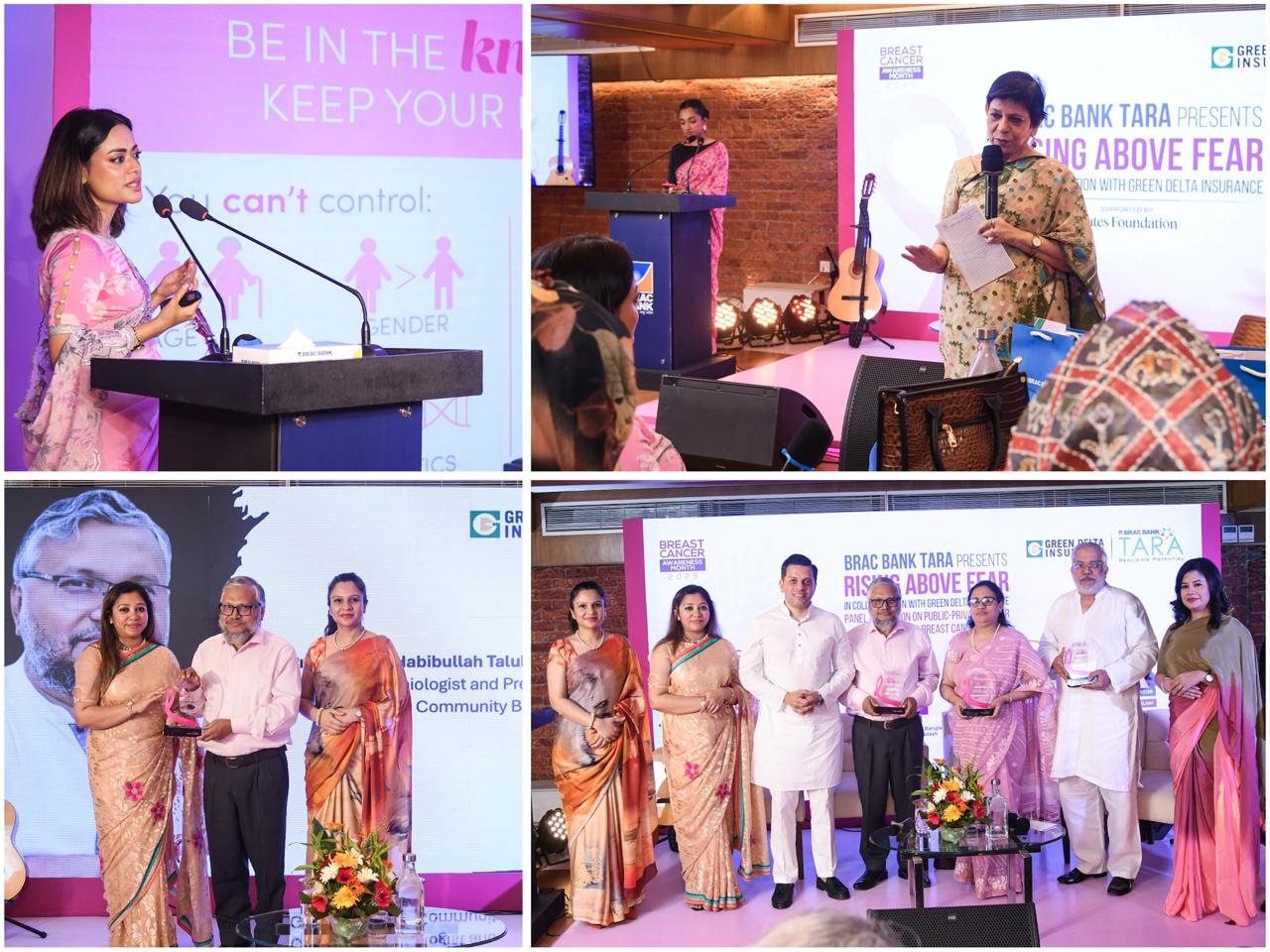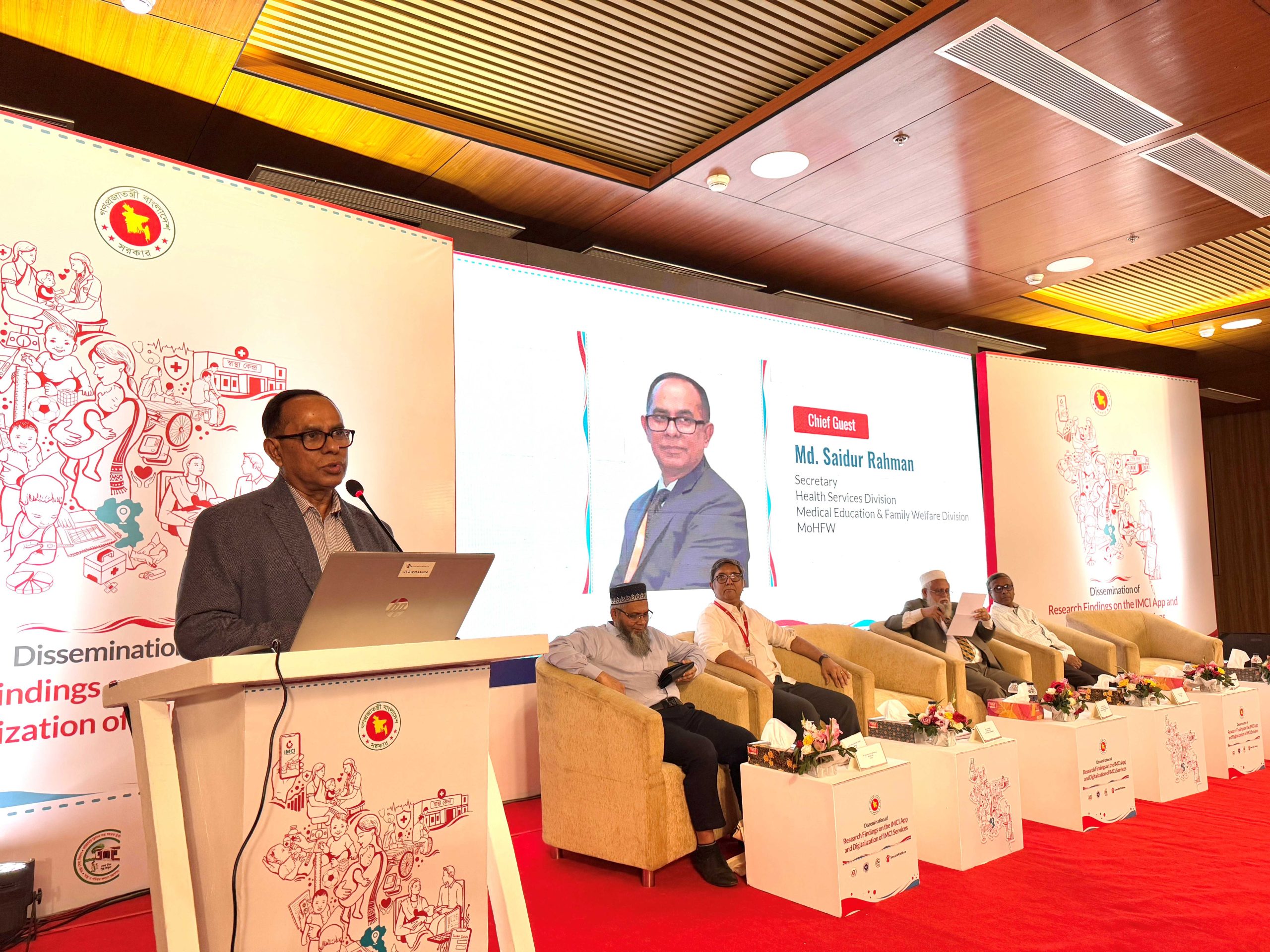The UN General assembly predicted the graduation of Bangladesh from the list of LDCs within 2026, picturing its journey of 50 long years of independence. Bangladesh faced many obstacles in the journey of becoming a developing country, including political instability, natural calamities, etc. However, these obstacles couldn’t stop its ascension from a ‘Basket Case’ to ‘The Paragon of Economic Development.’ The zestful partnership of the state and non-governmental and private organisations has been pivotal in contributing to the steady improvement of economic indicators. There have been enormous advancements in life expectancy, living standards, school enrollment rates, female empowerment, fertility rates, and infant and maternal mortality.
The massive portion of this growth is from export earnings from RMG (84% of total exports) and remittance inflow from overseas (6% of GDP), which is a cardinal source of employment in the country. It’s no surprise that Bangladesh is considered one of the key leaders in the readymade garments sector worldwide. Additionally, the improvements in infant and maternal health can be ascribed to the enormous strides made by respective government bodies in basic healthcare. NGOs’ contribution to skills development, healthcare, and education also helped reduce economic shortages and hunger. In this respect, microfinance has also been a great source of Bangladesh’s growing economy by empowering women. As per a BRAC report, since 2000, Bangladesh has cut poverty in half, lifting more than 25 million people out of poverty.
However, the high dependency on imports and the low share of exports raises questions about the financial record quality. Bangladesh is still focusing on cramped and low-value garments even after 40 years of the industry taking root. In contrast, South Korea managed to expand their initiatives from garments and footwear to the export of chemicals, electronics, machinery, steel and various complex products within 15-20 years of starting the journey. Besides, the rise of income inequality has also become the reason for questioning development because the income of the richest rose by a quarter while the poorest went down by a third.
But along with the ups and downs, the country’s biggest next leap is the prediction of turning into a developed country by 2041 with a well-made, documented plan and significant structural barriers to executing those plans. Governance, democratisation, decentralisation and capacity building are the four pillars that are pinpointed to drive its progress and modification. Fast urbanisation, partial modernisation and reduction of extreme poverty will result from Bangladesh’s sustainable economic growth.
Bangladesh’s synergy between entrepreneurial activities and public policy actions of economic actors have played out again and again in the last few decades, establishing the country’s remarkable development journey.















